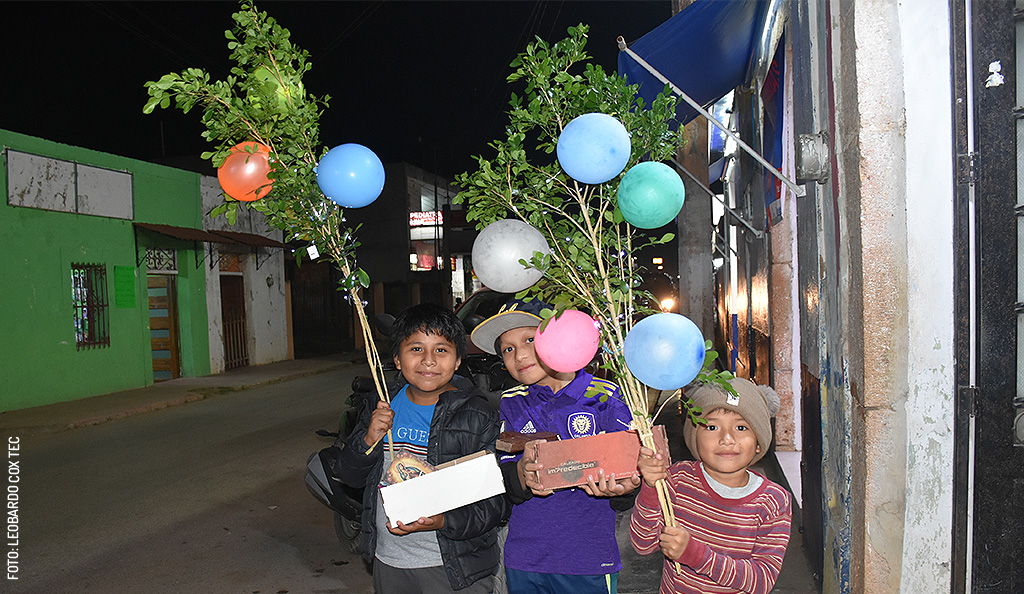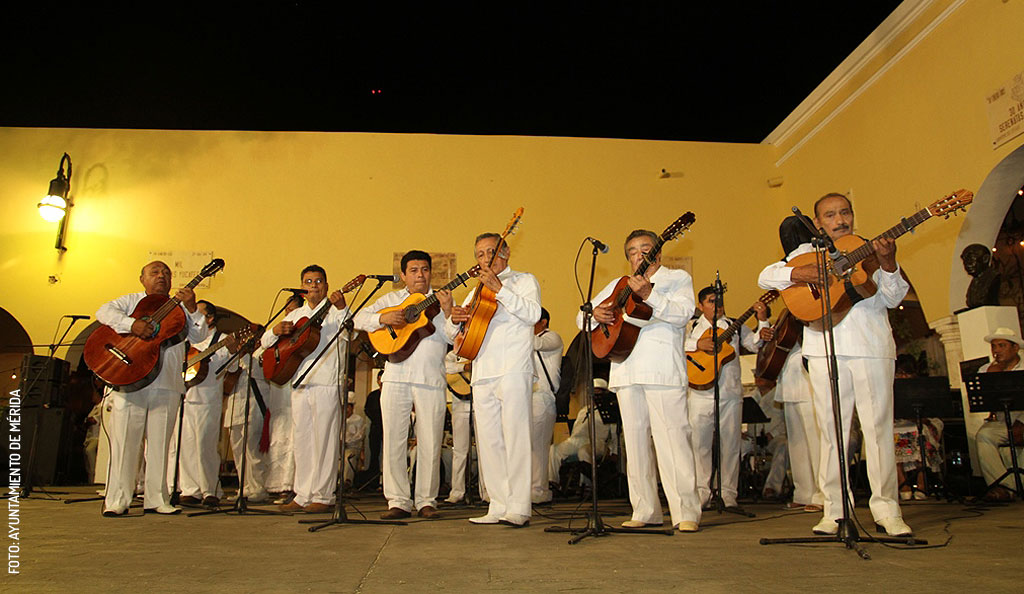
The heart of Yucatecan rhythm: Tríos, Charangas, and Orquestas
Tríos, Charangas, and Orquestas, What's a Charanga? Yucatecan Trios, Charangas and Orquestas, Trova and Jarana.
If we were to ask anyone in the world what song they think of when they think of Mexican music, the most popular answer would probably be the famous “Jarabe Tapatío” or “El Son de la Negra,” both mariachi songs that seem to be the melodic embodiment of México for the world. This is due to their popularity and recurrence at parties, celebrations, and, especially, films set in our country. But, while mariachi is definitely a genre of Mexican music—and, yes, probably the best known—, it is absolutely far from the only one out there.
I remember the first time I attended the Remembranzas Musicales (Musical Reminiscences) night at Parque de Santiago on a Tuesday evening. The square, next to the market, was brimming with people either chatting or stretching in preparation for dancing. Meanwhile, the orchestra members prepared their instruments with an air of confidence, like every artist who knows they’re well renowned and awaited by their audience. That was the first time I attentively experienced a 100% Yucatecan orchestra (Orquesta) concert. Also my first time dancing to Danzón.
You’d be surprised to hear the variety of regional Yucatecan music; that’s why today I’ll be telling you about the genres and the musicians in charge of playing these melodies that are such a feature of our land. You’ll see that, as it happens with different aspects of Mexican culture, they boast a great personality and a very distinctive tradition, very different from other regions in the country.
Jarana and Trova
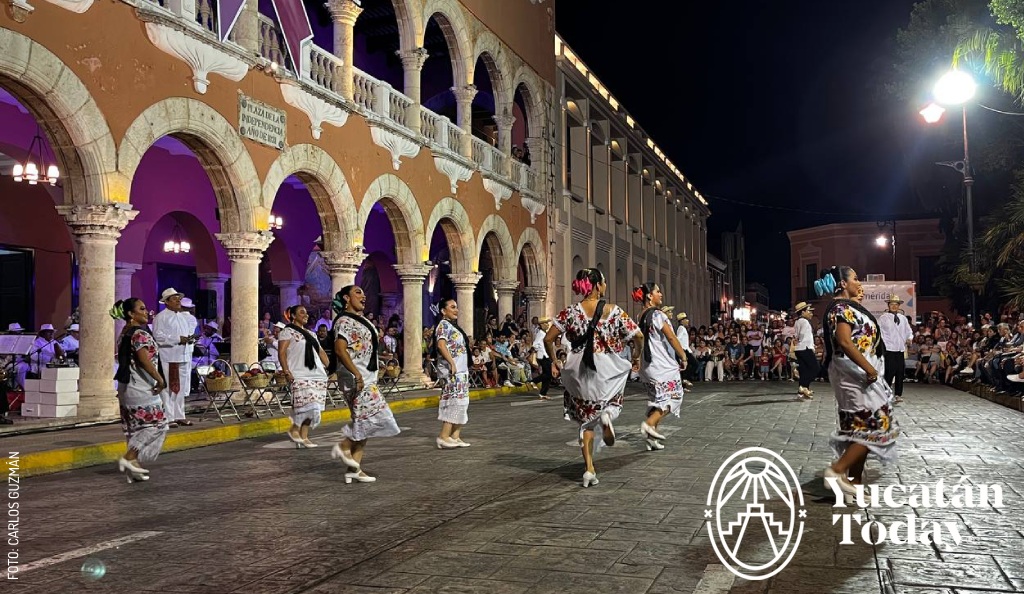
Jarana and trova are the epitome of Yucatecan music. Their origins are both found in indigenous and foreign rhythms, of which Spanish and Cuban are the most prevalent.
Jarana
Jarana is usually played during most celebrations and important dates in Yucatán villages, such as Vaquerías and Patron Saint festivities. In addition to its distinct beat, one of its defining features is the dance that goes with it, a series of rhythmic and intricate foot movements carried out in pairs that fills out even the largest venues.
Trova
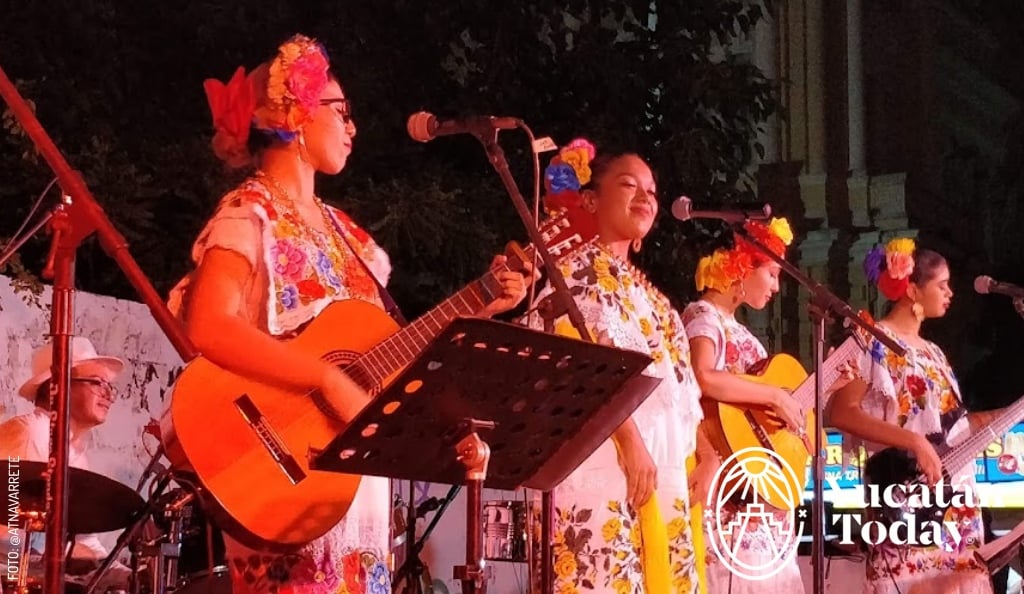 On the other hand, Trova Yucateca (also known “Canción Yucateca,” or “Yucatecan Song”) is more usually found in urban areas, such as Mérida’s Centro squares. Its origins go back to the mid-20th century, with influences that include Andalusian music and Havana Zarzuelas. These, in turn, being so close to Mérida, helped originate Danzón and Puntos Cubanos; personally, I’m grateful for these genres to have reached our region, for that night I was able to dance with several experts, gentlemen who like to attend those concerts that remind them how to adjust their heartbeat to a guitar’s strings.
On the other hand, Trova Yucateca (also known “Canción Yucateca,” or “Yucatecan Song”) is more usually found in urban areas, such as Mérida’s Centro squares. Its origins go back to the mid-20th century, with influences that include Andalusian music and Havana Zarzuelas. These, in turn, being so close to Mérida, helped originate Danzón and Puntos Cubanos; personally, I’m grateful for these genres to have reached our region, for that night I was able to dance with several experts, gentlemen who like to attend those concerts that remind them how to adjust their heartbeat to a guitar’s strings.
Trova is mainly inspired by romance, as most of its authors were not exactly songwriters, but poets. One of them was José Peón Contreras, who is honored with a magnificent theater bearing his name in Centro, just on Calle 60 x 57.
Now, these genres, along with every sub-genre they comprise, are played by different groups of musicians. And no, never by mariachis. Let me tell you more.
Tríos Yucatecos
First, let’s talk about Tríos. These groups, the usual performers of Yucatecan Trova or song, typically comprise three members, who, in addition to singing and harmonizing, play instruments such as a guitar, a Requinto (a smaller, six-string guitar usually pitched higher than a regular guitar), and a Jarana (an even smaller, eight-string guitar, also higher pitched).
Yucatecan Tríos are characterized by a significant influence of traditional Mexican music, particularly ranchera music. However, they always imbue the musical pieces with their own Yucatecan style, and sometimes incorporate words and phrases in Maya, the native language of the region.
¿Quién será? Trío Los Tres Yucatecos
Quisiera, Trío Los Mensajeros
You can find Tríos around the Plaza Grande every night, available to be hired for either a few songs or so you can bring them along to serenade a loved one. You can also listen to them for free as part of the Mérida Cultural Week, every Tuesday at 8 pm at Centro Cultural Olimpo, every Wednesday at 7 pm at the Yucatecan Song Museum, and every Thursday at 9 pm at the Serenata de Santa Lucía.
Charangas Yucatecas
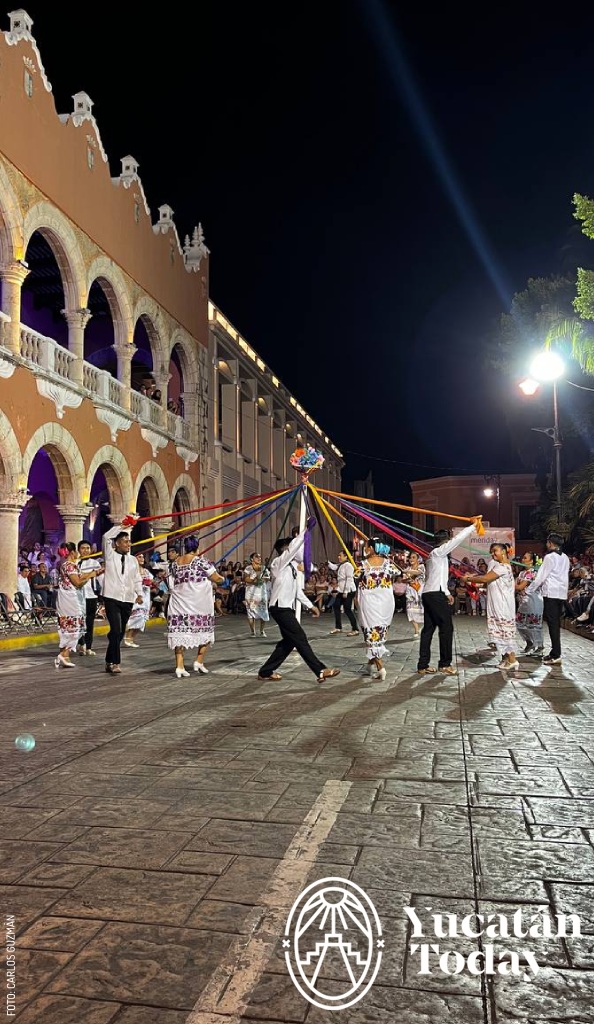 Then, there are the Charangas. Charangas are musical groups that predominantly use wind and percussion instruments, which bring to life the dancing and entertainment they accompany. I assure you that they’re the key to experiencing a true Yucatecan party.
Then, there are the Charangas. Charangas are musical groups that predominantly use wind and percussion instruments, which bring to life the dancing and entertainment they accompany. I assure you that they’re the key to experiencing a true Yucatecan party.
Musical Instruments
The most common instruments a Charanga comprises include the guitar, the Jarana, the violin, saxophone, trumpet, and drums, such as timbales. Charangas specialize in party music, from Jarana (the genre, not the instrument) to cumbia, but also genres like Danzón, Bolero, and even some Trova songs.
While Yucatecan Charangas have roots and features of their own, it’s true that Cuban music, especially Danzón, have influenced their development. Cuban Danzón, with its emphasis on wind instruments and dance, had a significant impact on Yucatecan Charanga music, which adopted some of its elements, such as the use of flutes among other instruments.
Here is a fragment of the Jarana piece “Linda Cansahcabeña,” played by Mérida Charanga Los Mercedes:
One song that no Charanga party can omit is “El Cable,” by Italian composer Mario Carniello:
Yucatecan Orquestas
Finally, there’s the famous Yucatecan Orquestas, also known as typical Yucatecan orchestras or Yucatecan bands. These Orquestas play several of the same songs played by Tríos and Charangas, but usually comprise a variable number of musicians, typically between eight and 15. Some of the main instruments they feature are the guitar, the Tres (yet another type of guitar), the Claves, and sometimes the Marimba. Two of the songs you’re bound to hear in a Yucatecan orchestra concert include “Nikte Ka” and “La Fiesta del Pueblo,” although they also play Mexican Music staples such as “La Adelita,” “La Bamba,” and “La Serenata Huasteca.”
Jarana “Paulina”, Orquesta de Víctor Soberanis
Peregrina, Orquesta Típica Yukalpetén
Vaquería en Tepich Carrillo, Orquesta Miguel Collí:
Orquestas usually play at Vaquerías in every village celebration; you’ll be hard-pressed to find a week where there aren’t any in Yucatán. In Mérida, you can catch the Orquesta Jaranera del Ayuntamiento every Monday at 8 pm, at the Vaquería Yucateca, at the ground level of City Hall, and Thursdays at 9 pm, as part of the Serenata de Santa Lucía.
México is a huge country, so it isn’t surprising for its culture to be so diverse in every way. Yucatecan music is an essential part of our region’s cultural identity. Like many other Mexican regional genres, its notes can be found in the rhythm of every Mexican heartbeat.
Photography by H. Ayuntamiento de Mérida, Carlos Guzmán, and Alicia Navarrete for its use in Yucatán Today.

Author: Pamela Fernández
Storyteller and creator 24/7 in my head, sometimes through multidisciplinary platforms with which I share the passion for literature, imagination, and emotions.
In love with Yucatán? Get the best of Yucatán Today delivered to your inbox.
Don’t miss out on our latest articles and the digital magazine before anyone else.
Related articles
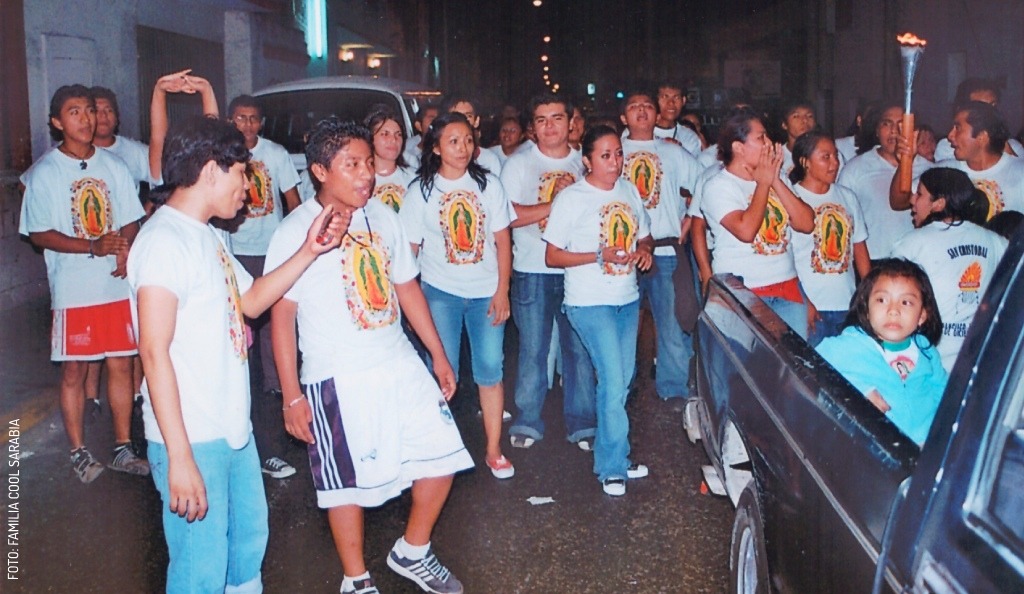
Who are the Guadalupe Antorchistas?
What’s with all the runners on Mexican streets and roads? Learn about the origin of this massive pilgrimage in honor of Our Lady of Guadalupe.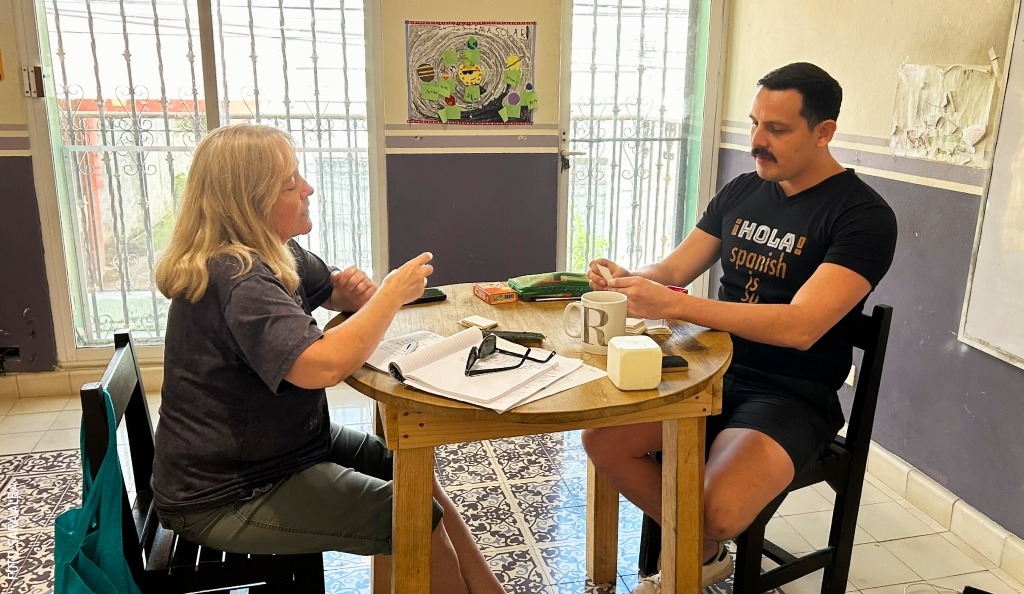
Hola Spanish School: Language and cultural tourism in Mérida, México
Learn Spanish in Yucatan, México with Hola Spanish School. Discover the magic and traditions of Yucatán while you learn Spanish. Find out more here.